Save a Horse, Ride a Cow Through the Swiss Alps
A farm in Switzerland offers a slow moo-tion ride through the alpine countryside
How now, brown cow? That question may typically be asked only during elocution practice, but visitors to a farm in the Alps can ask it and actually mean it—as they ride atop a traditional Swiss cow.
At Bolderhof Farm in Hemishofen, Switzerland, visitors participate in cow trekking, an opportunity to climb onto a dairy cow and ride through the rivers and woods of the Rhine lowlands. Riders can choose between an hour-and-a-half ride and a four-hour, half-day excursion through the Alpine landscape.
If the idea sounds ridiculous, it's because it had a silly beginning. As Stephanie Rickenbacher, who handles guest relations at the farm, tells Smithsonian.com, it all began when farm owner Heinz Morgenegg wondered what a lazy cow would do if he climbed on her back while she lay on the ground. He tried, but the cow did nothing—except spark the idea for the cow rides. That was years ago; now people come from all over the world to take a bovine stroll at the farm.
The first step to successful cow riding is a speed date session with the herd where adults and children alike meet the cows and get acquainted—Morgenegg is a big believer in a good relationship between cows and their riders. Once cows and humans are comfortable, guests must put on a helmet and lead the cows out of the corral. Then it’s time to climb on up.
Once you’re on your cow—be it Umbra, Oklahoma, La Paloma or another—it’s time to get mooving. Don’t expect to take off at a trot, though. While a horse (usually) responds to its rider's speed preference, the cows at Bolderhof pick their own pace, which Rickenbacher says is “between slow and very slow.” The ride is calm and quiet, allowing riders to enjoy stress-free moments in the beauty of the Alps. There's a benefit to saddling up a cow instead of a horse: Cows don't really care about the kinds of things that might spook a horse. “If something happens around you, the cow stands still and looks,” Rickenbacher says.
The biggest challenge cow trekkers face are stalled rides because of some particularly delicious grass or corn along the route—a problem that can be fixed with a few pets and nice words to the cow. In the worst-case scenario, you may need to hop off and lead the heifer away from the distraction.
Cowboys and cowgirls on all tours return to the farm for a picnic-style refreshment of organic meat, cheese, bread and wine. And if you didn’t relax enough on the cow trek, Bolderhof has several other experiences to try. Visitors can milk the cows, saw wood, watch the farm’s herd of water buffalo, make cheese and even participate in an Olympic-style farm duties competition. The farm restaurant offers organic cuisine from food grown on-site. After dinner, guests can curl up in a straw bed or take to the top floor of a silo-shaped building with a retractable roof, a view of the stars over nearby Hemishofen, and the sound of cows crooning down below.
/https://tf-cmsv2-smithsonianmag-media.s3.amazonaws.com/accounts/headshot/JenniferBillock.png)
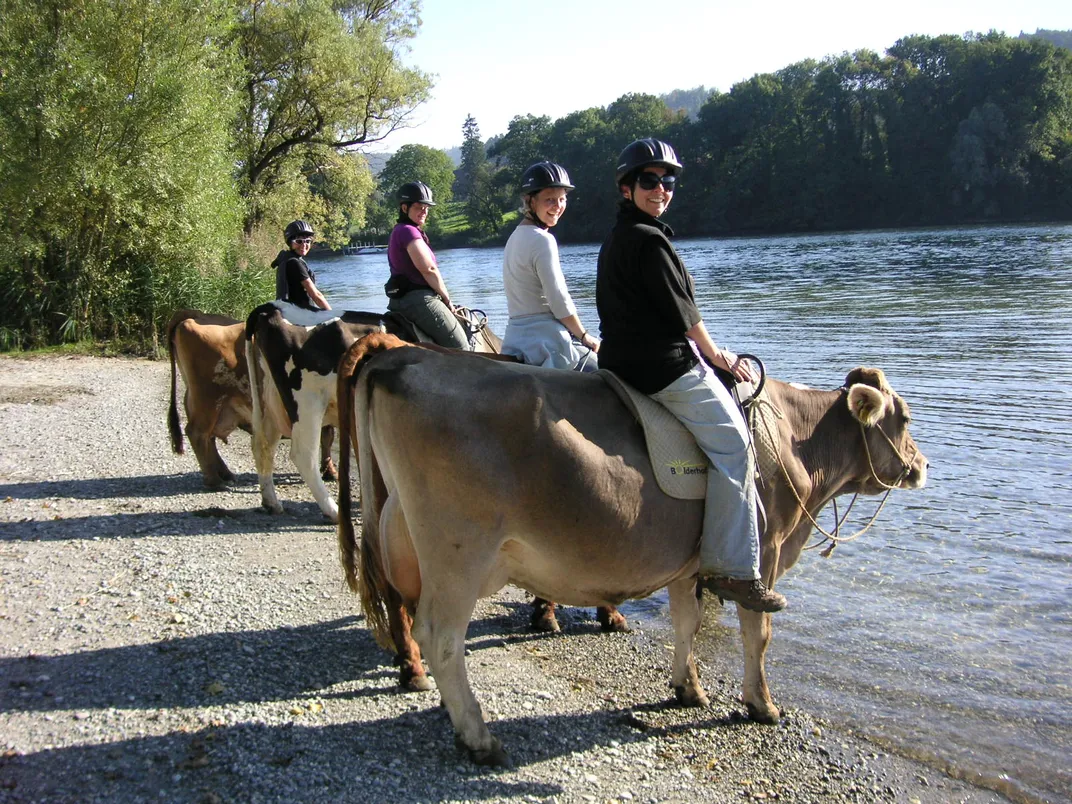
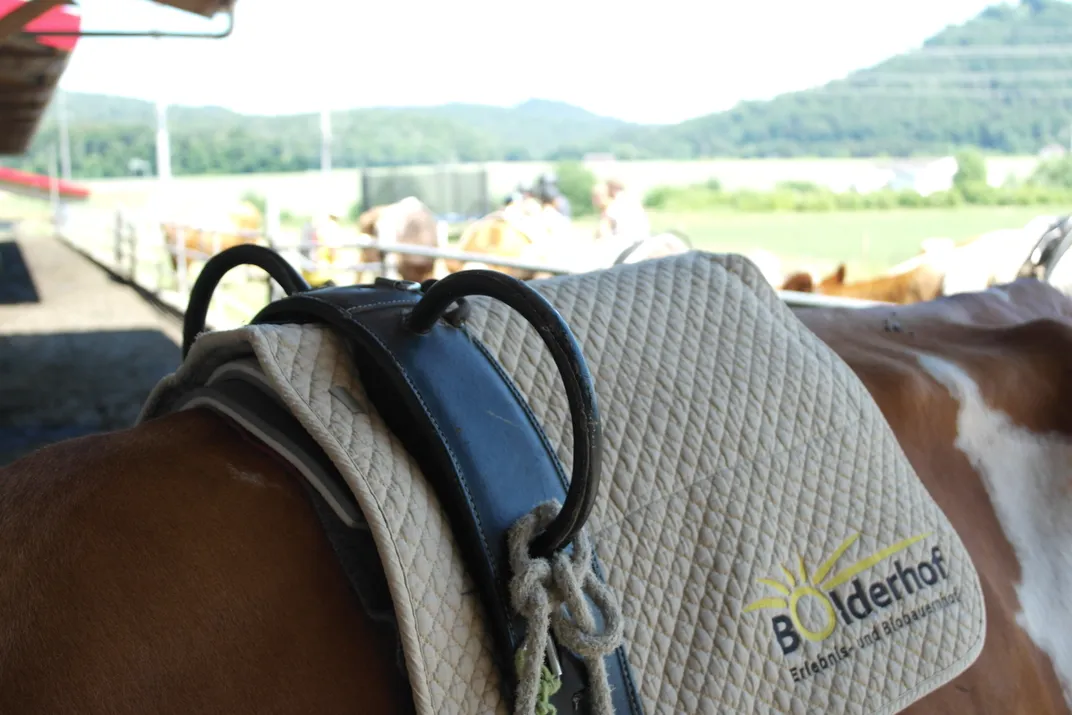
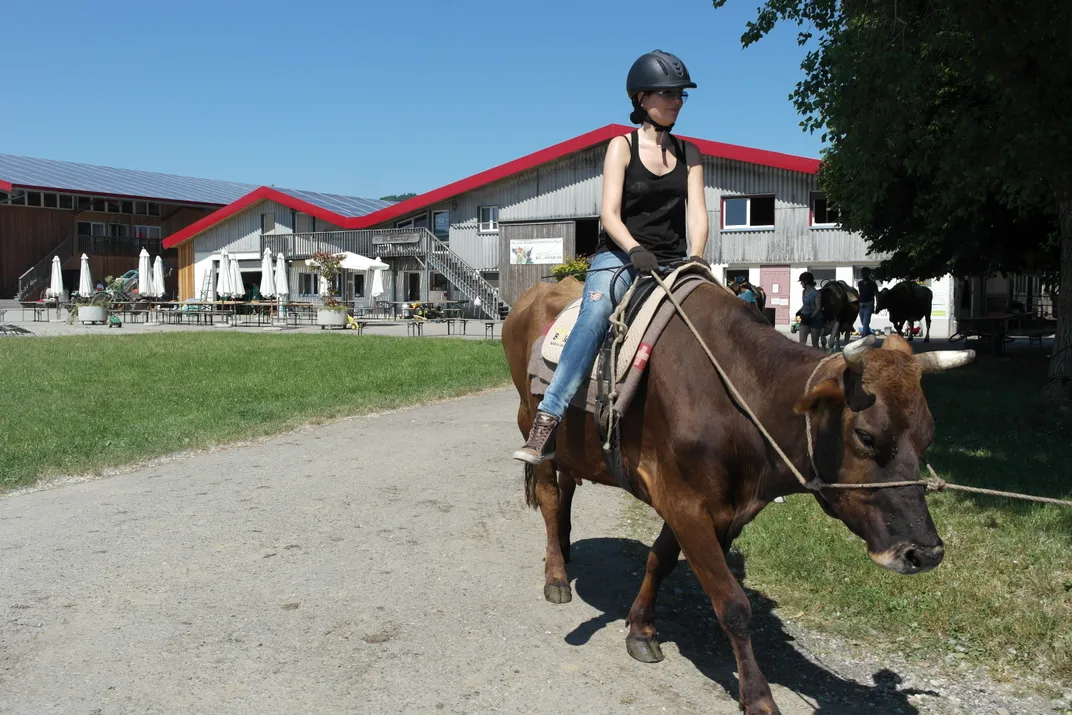
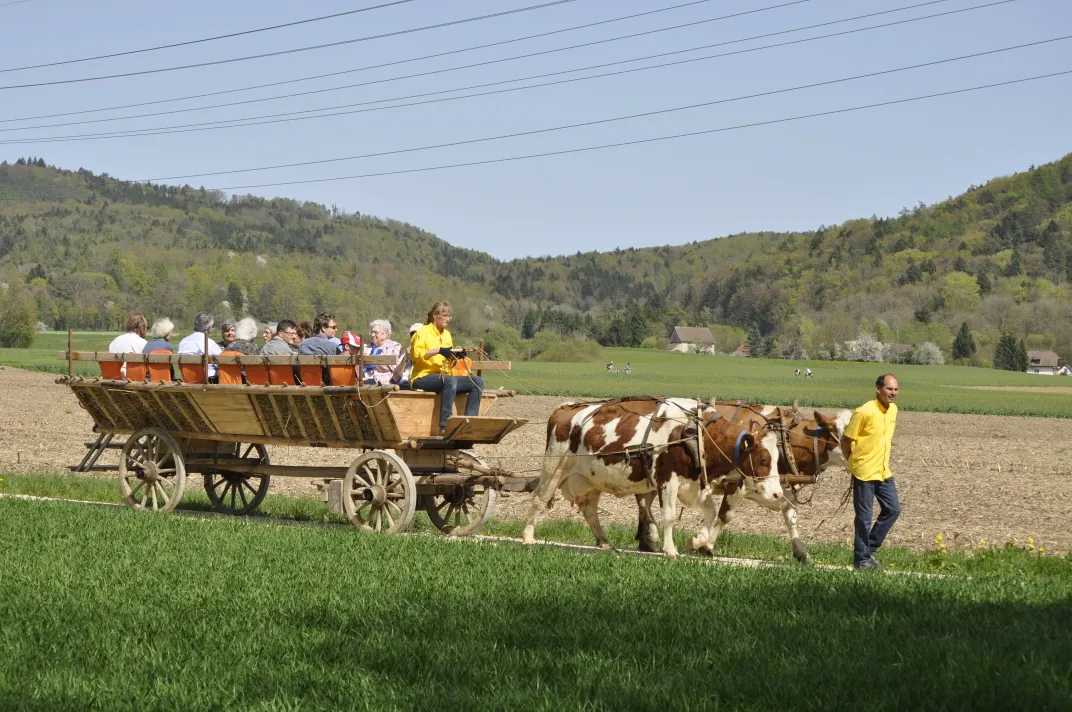
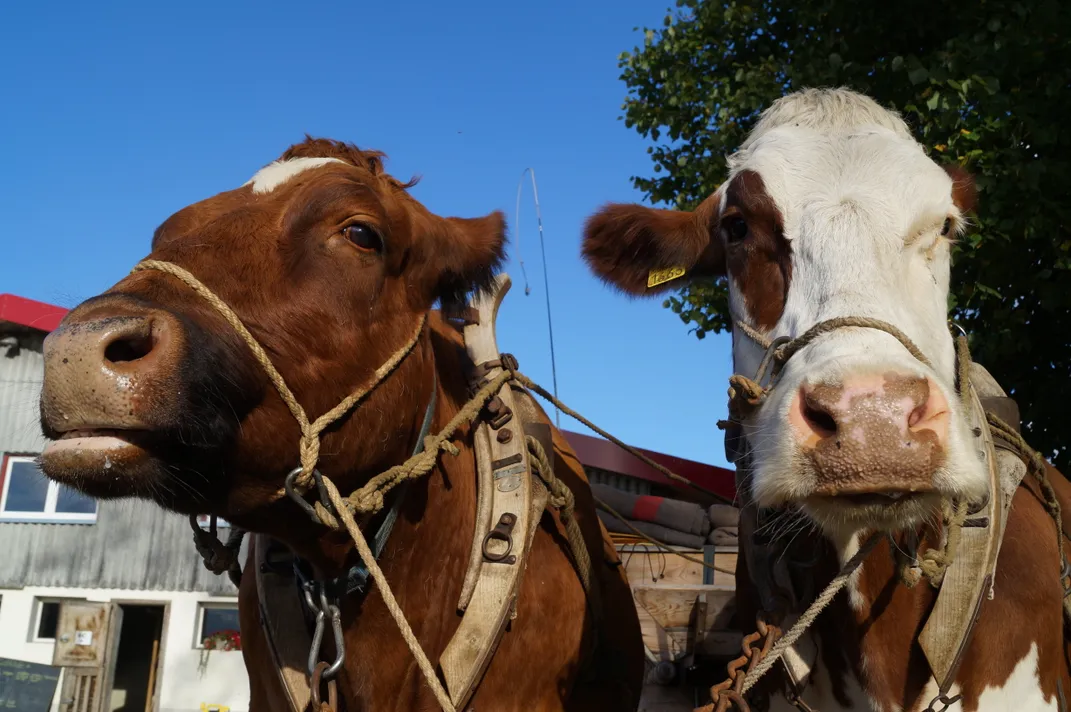

/https://tf-cmsv2-smithsonianmag-media.s3.amazonaws.com/accounts/headshot/JenniferBillock.png)